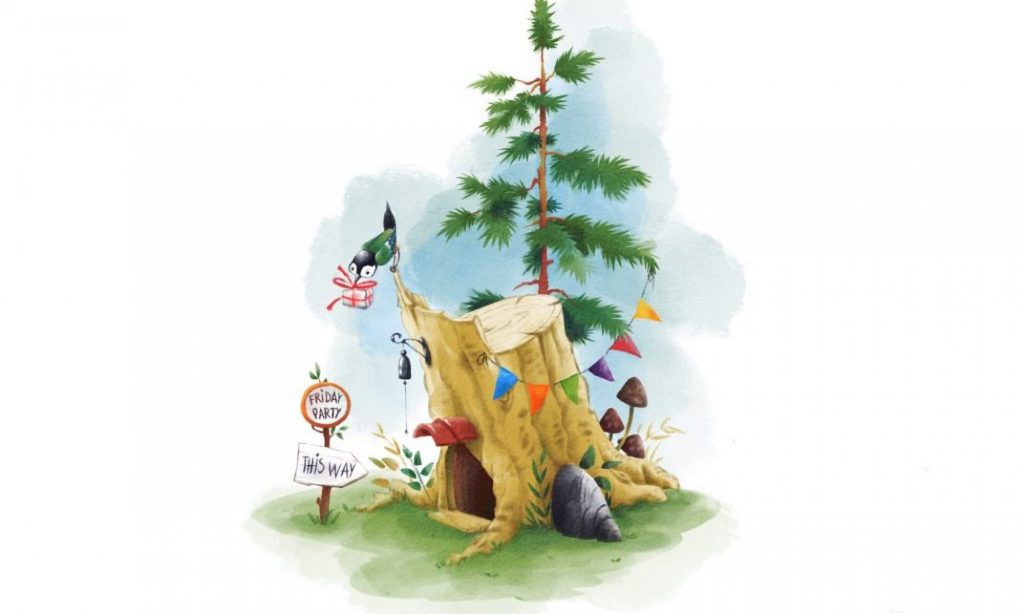As I mentioned in the post about storytelling- the story is a crucial part of filmmaking production. Moreover, each story that is told has a foundation – a structure.
The structure of the narrative is the way how we organise and how we tell our stories. One of the most typical and basic structures has an opening, then it begins, then something happens somewhere in the middle of narration, and it ends. However, the story’s formation can be even more complex.
The prime purpose of structuring the story- is to organising in order all what you want viewers to know about what is going to happen and when it will happen. And it makes the story interesting and helps to make an emotional impact on your audience and how it will respond to the story. Therefore, if the order gets wrong, it could be problematically for the audience to follow the story, and the emotional reaction also will be lost.
Hence, the structure is basically a series of events- the hit points. You just need to find the most essential moments of the narrative to start building your structure.
Additionally, I want to mention a tool that was developed by improvisational theatre instructor Kenn Adams, and which is used a lot by Pixar Studio story artists– STORY SPINE. (pic)

Basically, Story Spine is a practical system that gives a structured approach to get a rough outline of your story. It works as a bare-boned spine where everything already placed in the right spot, and you just need to fill down gaps:
- Once upon a time…
- Every day…
This is the beginning.
- But, one day…
This is an event, something happens.
- Because of that… (could be used several times)
This is the middle of the story.
- Until finally…
This is the climax.
- And, ever since then…
The end.
While working on a story, it crucial to think about what will be the connection between all these individual events. What will be a central theme and moral?
The theme helps all part of the story work together. If there no central idea in the story, it will be unmemorable, that means it will be hard to recite it later. The main idea supports all dramatic events in your story and makes it more persuasive and inspiring.
Indeed, it is good to know the theme before you start, however, it can come across while you write and your narrative progress.
As soon as the theme and rough outline of the narrative are ready, we can start to break it into the acts- larger sections of the story structure. At this stage, the best tool to use is a narrative arc.

The most common is the three-act structure.
The first act is a beginning that includes the first three steps of the story spine, once upon a time, every day and but, one day. This is where we find about our protagonist, about the time settings and the world where everything takes place and how it will work. Additionally, the first act tells viewers what type of story it will be either it is a science fiction, a drama, a romantic comedy, or something else.
This act also introduces the audience someone, or something called the antagonist, sometimes it calls the villain. However, it can be anything and takes any form.
Along with, this part also introduces the incident, it is the Until One Day part of the spine. Generally, this is an event that establishes the rest of the story.
Overall, the first act is the essential setup of the story. It is all about everything the audience needs to know to gets interested in the journey which will follow.
As we organised all the information that the audience needs to know, now we can move on to act two. In the story spine it is the middle part- Because Of It.
The second act is all about obstacles, complications, and challenging decisions for the main character. The hard choices and actions it takes to overcome these escalating barriers. And in this part also happen massive transformations with the character.
This part is about conflict because the narrative with no conflict has no shape, no impulse. Basically, the story needs a series of trials for the character on the journey path, and where it must make a tough decision from which there’s no return.
Along with the conflict, act two must also contain a low point when it seems that everything is hopeless and is lost for your main characters. When the character feels like he completely failed and frustrated, but at the same time, there must be something or someone that will continue to push it forward.
So, at the end of act two, something horrible is expected to happen to the character to force it to face the things that it didn’t wanna challenge at the end of the previous act one.
The third part of the story structure is a final instalment, it is all about an ultimate crisis, the climax and resolution. This part should be the most intense moment of the narrative for the character, who should be in risk of losing everything it valued most, and now it faces a final trial.
In act three, the story should be resolved, and the character and the world return to a calmer place.
The third act is where everything is pulled together, where the theme and the moral are clearly expressed. The character has overcome all obstacles and errors on its way. And he changed and has learned what is most important in its life. This revelation reveals what manifests the theme and the moral of the story. And it should feel like that there was fixed the big problem or resolved character’s personal dilemma with himself, and finally, everything feels in the world is right.
